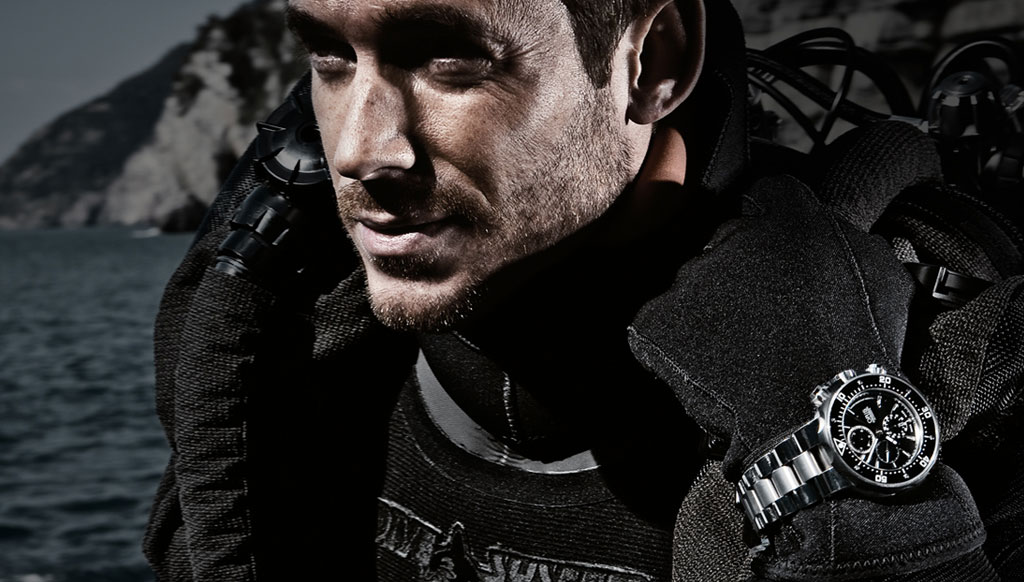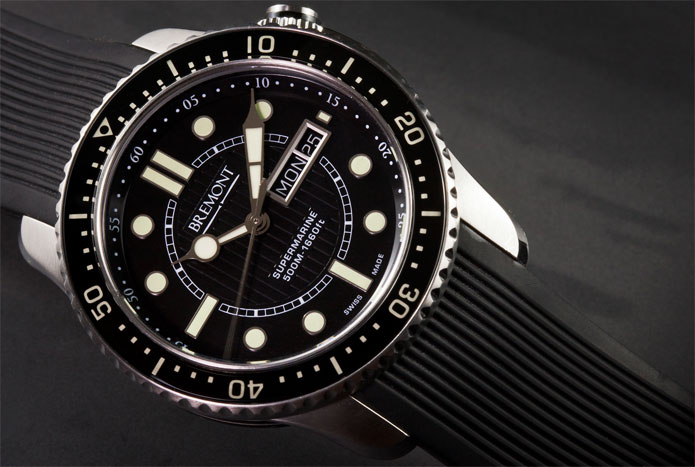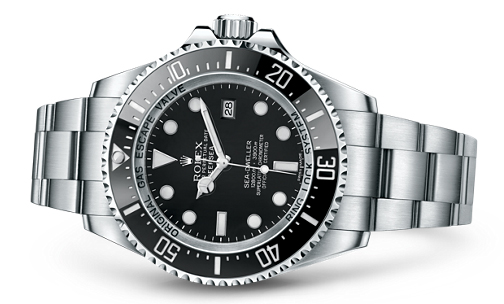
Whether you prefer an old school analog or a new-age digital version, explore the pros and cons before making a decision
Watches have been a constant source of fascination for men. Their craftsmanship, beauty and effortless style easily make them one of the most prized possessions in a man’s wardrobe. While classic watches are your best bet to add understated elegance to any casual/formal event, the adventurer in you needs something more than just a sophisticated dial.
A diver’s watch is a must-have in your collection. Equally popular among both the sexes, their sense of ruggedness and modernistic beauty combined with jaw dropping features make them a favourite of even those who would not be found near a pool anytime soon.
You can opt for something that offers water resistance ranging between 200 and 2000 metres. Whether you prefer an old school analog watch with a mechanical power source or a new-age digital version popular for its ease and accuracy, explore the pros and cons well before making a purchase decision.
Here are certain points for you to consider:
- Watchstrap: Don’t get confused when you see multiple options to pick from including titanium, stainless steel, leather, nylon, rubber, silicone and leather. However, unless you’re planning to wear it mostly for events away from any wet work, try and avoid leather as it deteriorates over time.
 Bezel ring: A bezel ring is a safety feature that helps diver calculate their total time spent under water and the leftover air in oxygen tank before they have to resurface. While initial watches had bezel ring working in both directions, today’s watches come with only uni-directional bezel rings.
Bezel ring: A bezel ring is a safety feature that helps diver calculate their total time spent under water and the leftover air in oxygen tank before they have to resurface. While initial watches had bezel ring working in both directions, today’s watches come with only uni-directional bezel rings.
A clean dial that is easy to understand and luminous hands (with backlighting in some cases) helps the diver negotiate the murkiness under water
- Helium-release valve: Even though you would hardly need this feature unless you’re spending long duration deep below the ocean, this extreme safety valve is a rather cool feature to have. It releases the air pressure inside the dial to avoid any blow up of the crystal.
- Luminosity and clean dial: You don’t want your watch to just look good! You want it to shine through in the times of obscurity. A clean dial that is easy to understand and luminous hands (with backlighting in some cases) helps the diver negotiate the murkiness under water.
-

Rolex Oyster Deepsea Dweller. Photo by Rolex.com Adjustable with diving suit: Your watch needs to be adjustable with the compression a diving suit goes through when underwater at great depths. Usually these watches come with either a rippled section at the end (in rubber/nylon straps) or come with an extension link.
A depth gauge helps you keep a track of depth and bottom time without compromising on the fun while diving
- Depth gauge: Staying under water for long without decompressing can cause serious bends in your body after surfacing. To save oneself from this, a depth gauge helps you keep a track of depth and bottom time without compromising on the fun while diving.
Smart picks
Panerai Luminor Marina 1950 (up to 100 m) – $11,200
Omega Seamaster Planet Ocean Chronograph (up to 600 m) – $8100
Bremont Supermarine 2000 (up to 2000m) – $5900
Girard Perregaux Sea Hawk (up to 1000 m) – $10,500
Rolex Oyster Perpetual Deepsea Sea Dweller (up to 3900 m) – $12,000
Jaeger LeCoultre Deep Sea Vintage Chronograph (up to 100 m) – $10,700










